
Who is the District Attorney?
Why should you care?
#KnowYourDA – Do you know who the DA is?
With the upcoming general election in November 2022, it’s crucial for community members to understand the power that the District Attorney holds, including the concrete policies and practices they can put in place to reduce the criminalization and mass incarceration of our communities.
#KnowYourDA
What is your understanding of Alameda’s criminal justice system? What does reimaging public safety mean to you?
In Alameda County, there will be a runoff election on Tuesday November 8, 2022 to decide the next DA.
About the candidates
- Terry Wiley
- Pamela Price
Learn more about the 2022 candidates
September 29th, 2022, UPM and Coalition Partners led a non partisan DA Candidate Forum to learn more about the DA candidates via zoom, where organizations around the county and community members asked the candidates questions around public safety and their plans for their role as the next District Attorney.
Questions included their stance on Bail Reform (Money Bail), Youth Justice, Life Without the Possibility of Parole, the Death Penalty, Ending Over-Criminalization and Mass Incarceration, Ending Excessive Sentences and Promoting Second Changes, Standing Up to Police Misconduct, Protecting Immigrant Communities, Gang and Status Enhancements, Three Strikes Charging, Reducing the Jail Population, Transparency, Community Involvement and more.
The presenting coalition is made up of ACLU’s Alameda County chapter, East Bay Community Law Center, Ella Baker Center for Human Rights, Faith in Action East Bay, Livermore Indivisible and Urban Peace Movement.
How did we begin our District Attorney Accountability work here in Alameda County?
- In 2017, UPM led the #Justice for DaJon Ford Campaign, a “participatory defense“ case supporting a young man named DaJon Ford. DaJon, a former high school football star from Oakland, was being held at Santa Rita Jail where he had languished for nearly four years awaiting trial in a case where he was charged as an adult for an incident that occurred when he was only 17-years old. DaJon was the cousin of one of UPM’s youth leaders from the Determination Young Black Men’s group.
- In June 2017, UPM formed a community support committee and a campaign to urge the DA’s Office that DaJon should be released or returned to the juvenile court system in light of the passage of Prop 57. The practice of transferring youth into adult court disproportionately impacts Black and Brown youth and exposes them to much harsher sentences than they would face in juvenile court.
How do members of our community come in contact with the criminal legal system? Here’s a brief breakdown from the point of arrest to prosecution that helps to explain how this all works!!
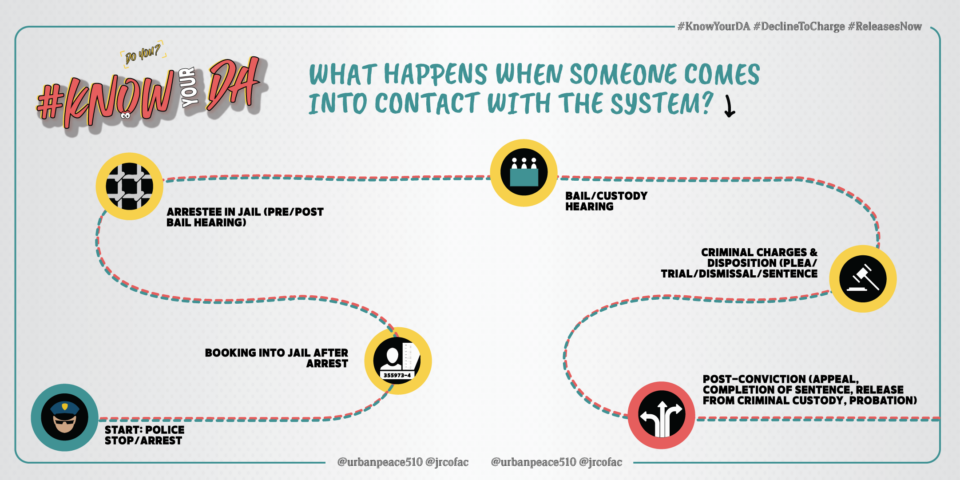
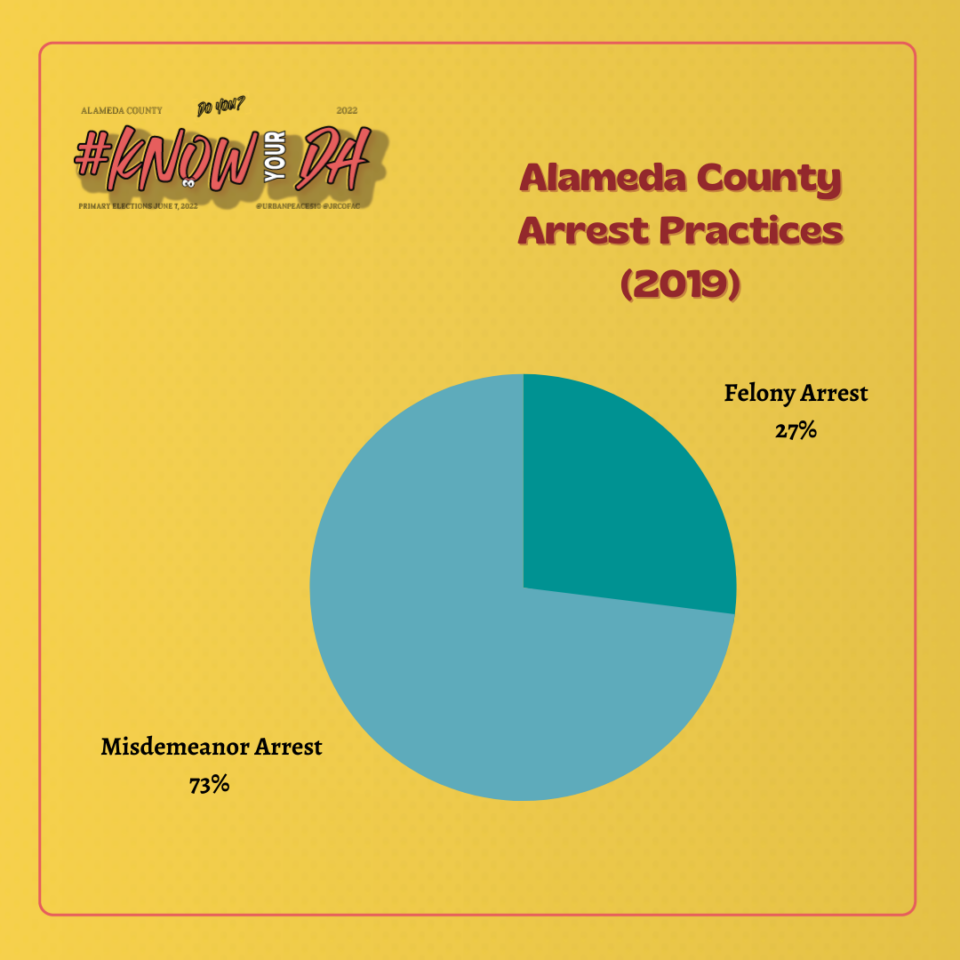
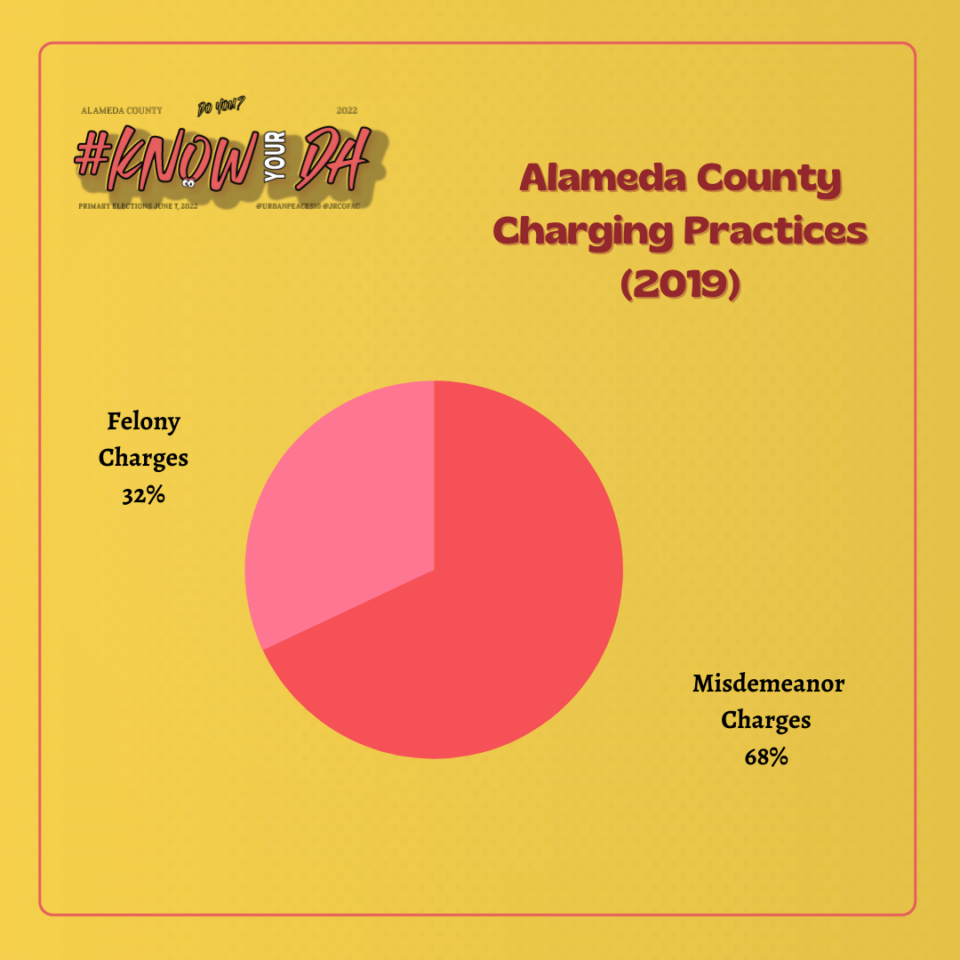
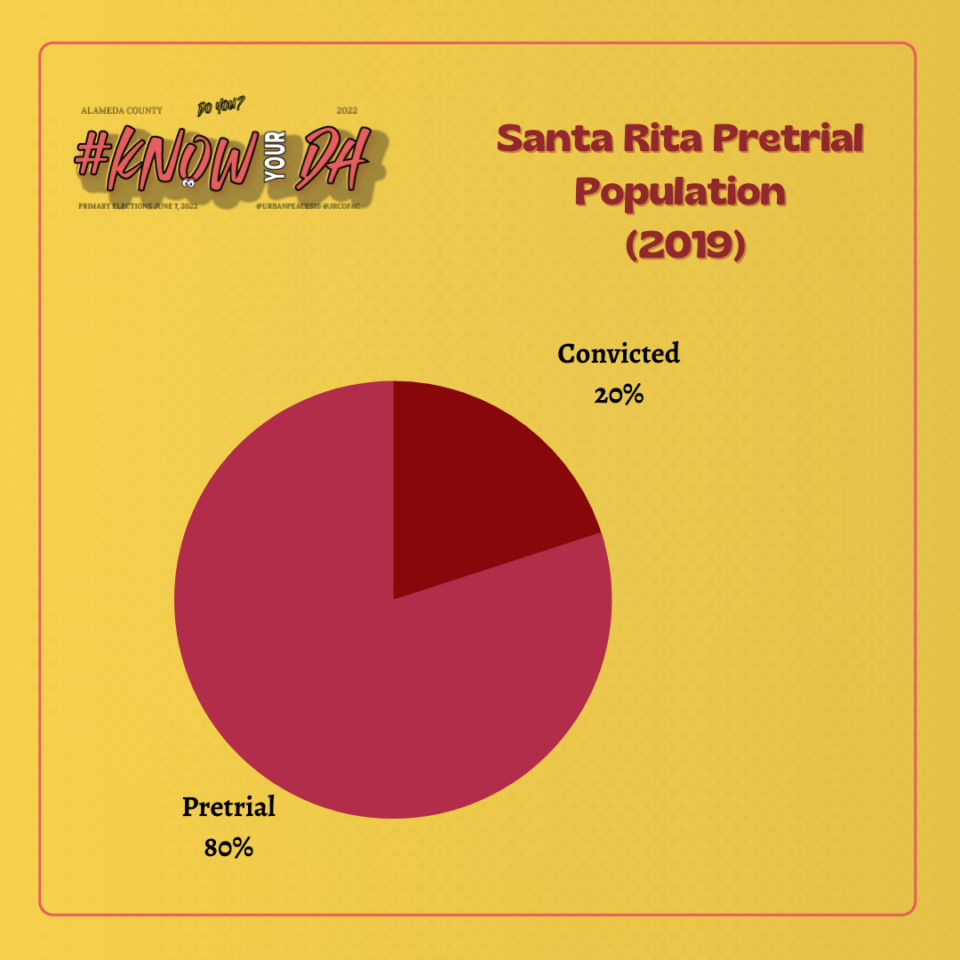
When people interact with the criminal punishment system, their lives are changed whether or not they are convicted or found guilty. And, convictions can lead to harmful outcomes that disproportionately impact Black and Brown communities. Examples of this are:
- Negative impacts on employment, earnings, and housing
- Disruption of family and support networks
- Burdensome probation conditions
- Criminalizing fines, fees, and costs
- Potential immigration consequences
- Escalation of the cycle of system involvement
Urban Peace Movement believes that the DA must prioritize:
Alternatives to incarceration and diversion.
California’s pretrial diversion programs allow eligible defendants to avoid jail time by completing treatment and education courses. If they complete the program successfully, the case is generally dismissed as though it never happened.
“Decline to charge” policies and practices
Putting in place “decline to charge” practices and policies are a key first step toward decarceration. Diversion programs must be established and expanded to address the underlying needs of our communities. Our communities need drug rehabilitation programs, housing, job security, preventative health access, and mental services.
Ending sentence enhancements
Status sentencing enhancements, which were established during California’s “tough on crime” era, have driven mass incarceration and disproportionately impacted people of color. Being labeled as a gang member, whether accurately or not, negatively impacts an individual’s access to justice including a fair trial and pretrial release. And enhancements influence sentencing, incarceration, parole, reentry, and/or deportation proceedings.
Expediting resentencing cases
The CA Penal Code allows for certain law enforcement agency officials, including CDCR, to request that a person’s sentence be recalled and considered for resentencing to a lower term (via PC § 1170(d)(1) prior to 2022, now PC § 1170.03).
Ending the prosecution of youth as adults
- Studies show that Black and Brown children are more often perceived as being older than they actually are by the systems that they come into contact with – leading to harsher treatment and more severe punishment. This trend is known as “adultification.”
- With the state youth prison system closing (Division of Juvenile Justice), youth of color are at increased risk of being prosecuted as adults.
- To ensure the criminalization of youth doesn’t increase as an unintended consequence of the closure of DJJ, the District Attorney must establish a policy to end youth transfers to adult court!
Reentry
People who have come in contact with the system and have served time in county jail or state prison must be supported when reentering back to their communities. Investing in alternatives to incarceration reduces the percentage of someone interacting with the system. We must divest from incarceration and invest in community-based alternatives that keep people out of contact with the system.
Our partners in this fight include:
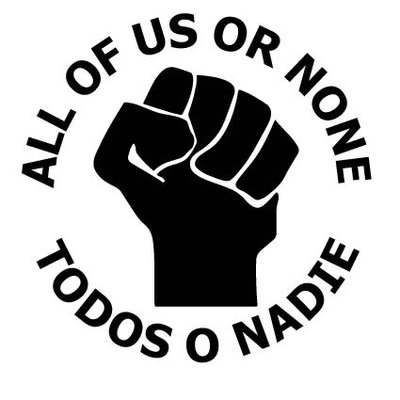


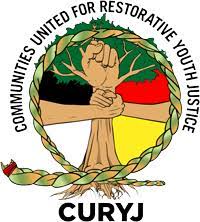
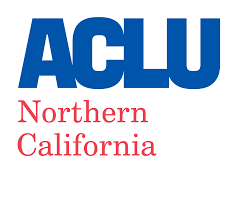
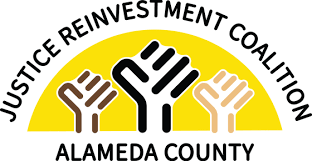
Data Highlights
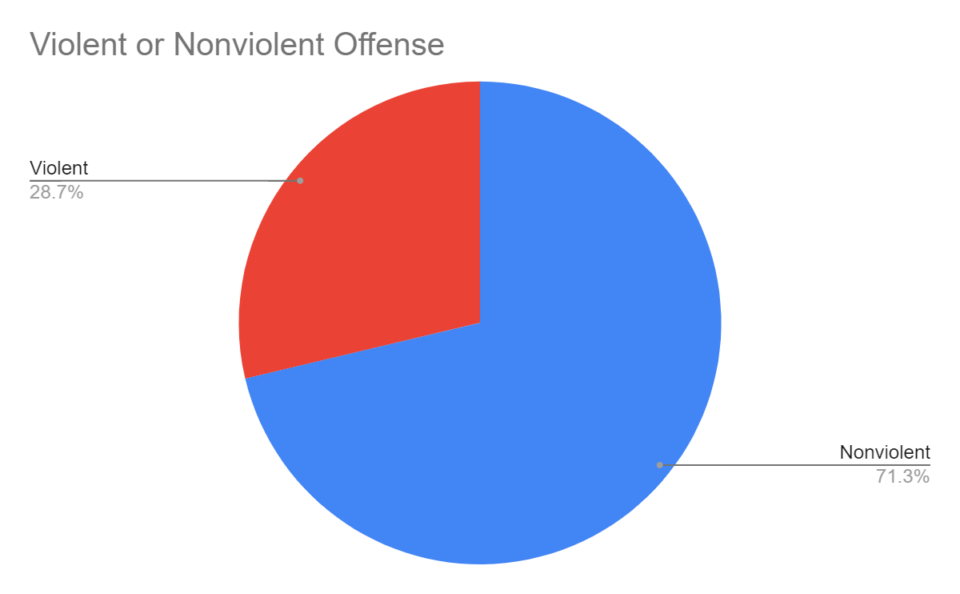
Resources:
- https://www.davisvanguard.org/2022/05/guest-commentary-a-once-in-a-generation-opportunity-to-reduce-mass-incarceration-in-alameda-county/
- https://www.davisvanguard.org/2021/03/a-report-finds-that-alameda-county-da-practices-lead-to-overcriminalization/
- https://www.davisvanguard.org/2021/08/youth-and-justice-coalition-rally-to-reimagine-youth-justice/
